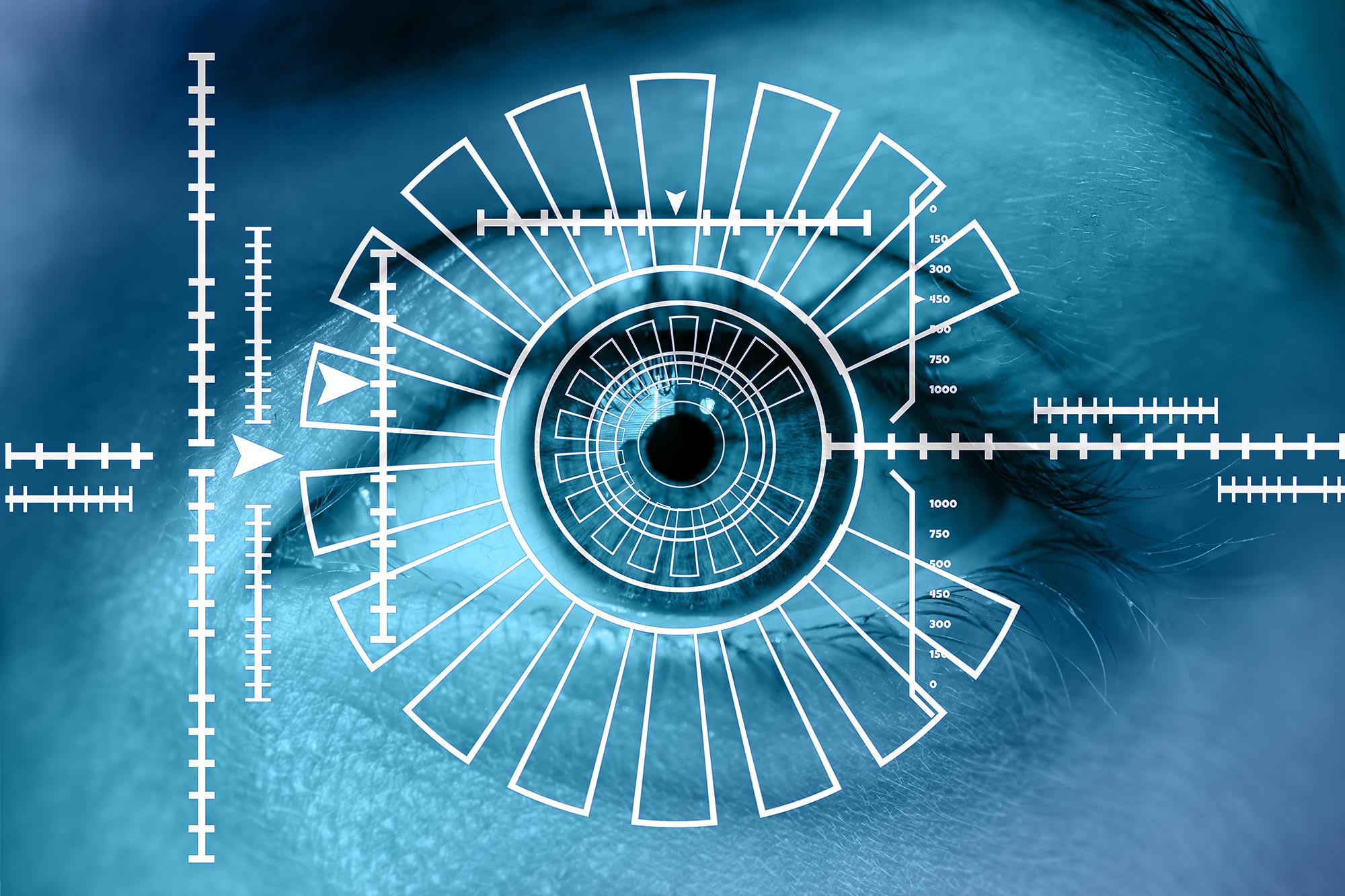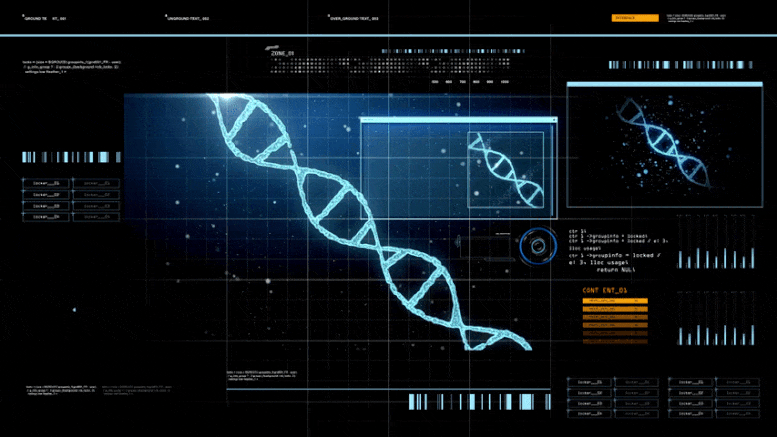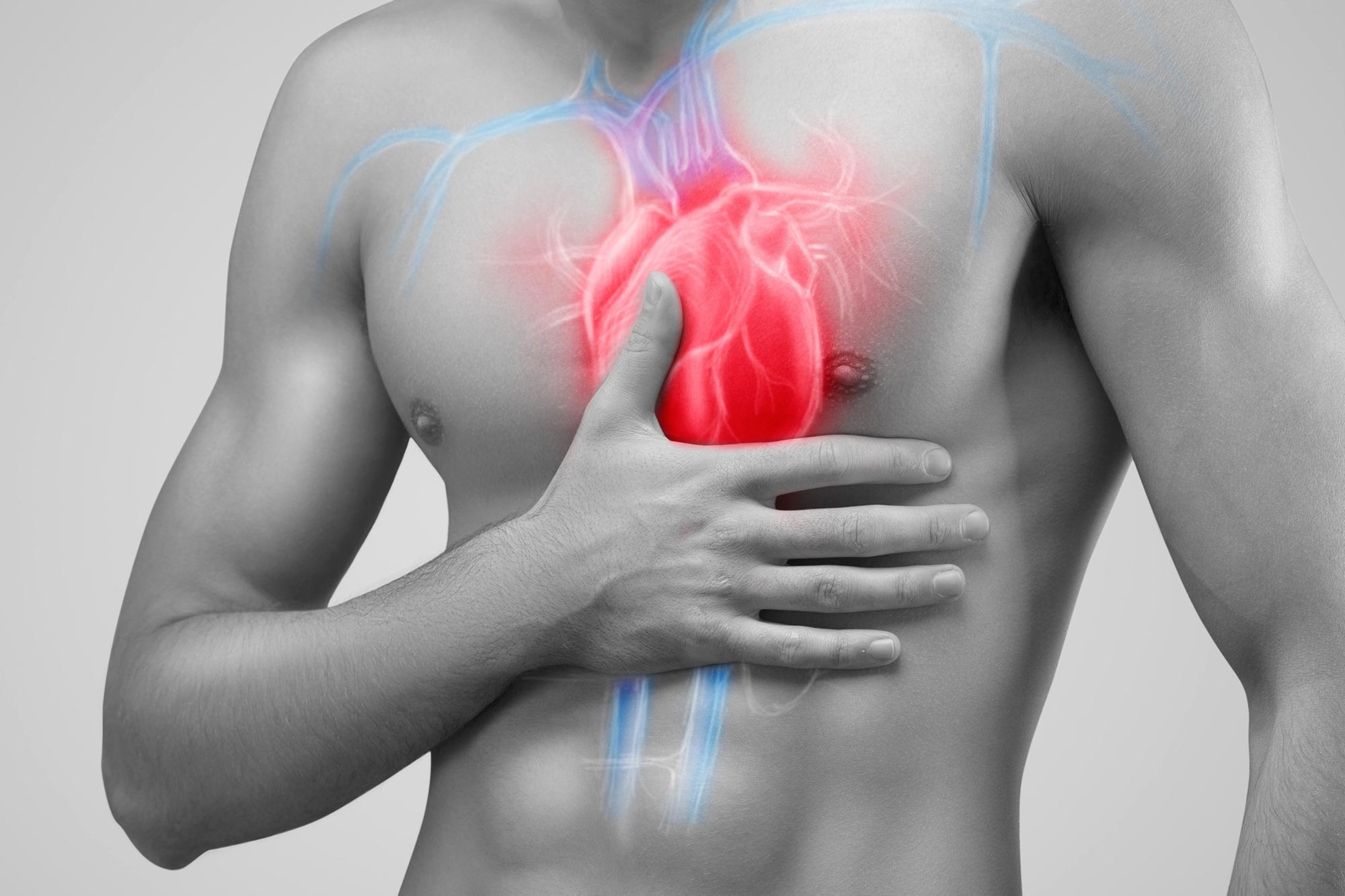New Technology Gives AI Human-Like Eyes

Researchers at the University of Central Florida have created AI technology that mimics the human eye.
The technology might result in highly developed artificial intelligence that can instantly understand what it sees and has uses in robotics and self-driving cars.
Researchers at the University of Central Florida (UCF) have built a device for artificial intelligence that replicates the retina of the eye.
The research might result in cutting-edge AI that can identify what it sees right away, such as automated descriptions of photos captured with a camera or a phone. The technology could also be used in robots and self-driving vehicles.
The technology, which is described in a recent study published in the journal ACS Nano, also performs better than the eye in terms of the range of wavelengths it can perceive, from ultraviolet to visible light and on to the infrared spectrum.
Its ability to combine three different operations



